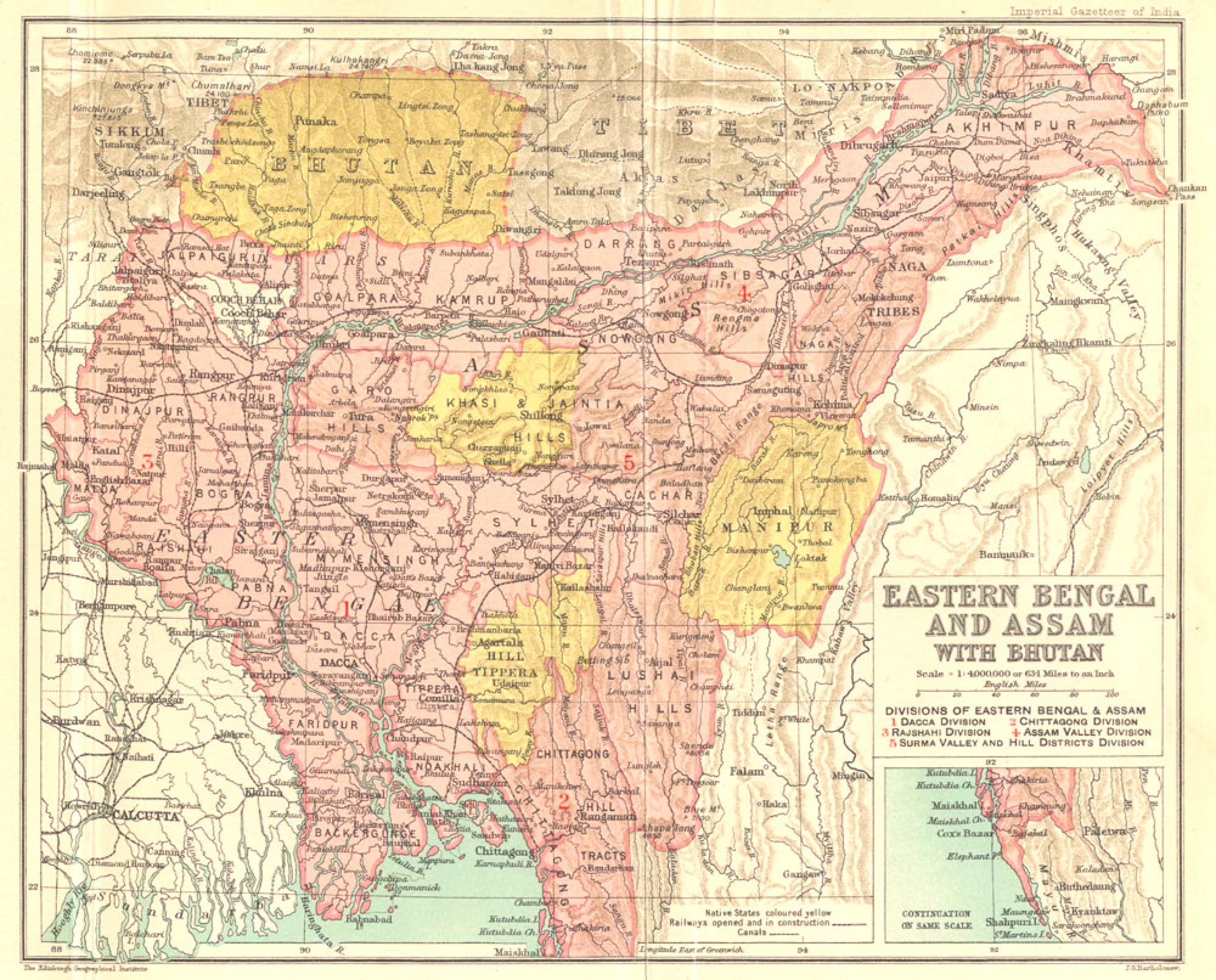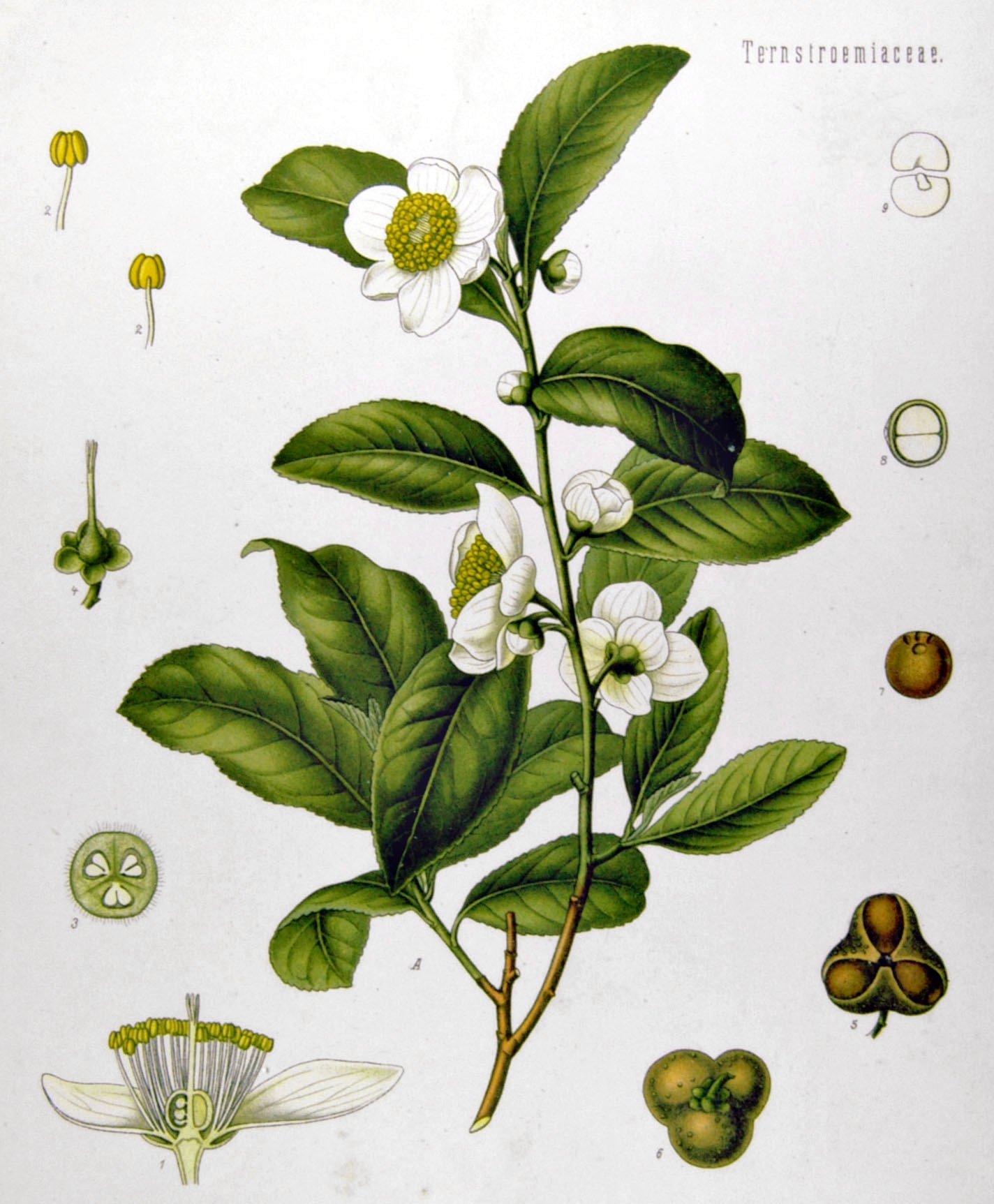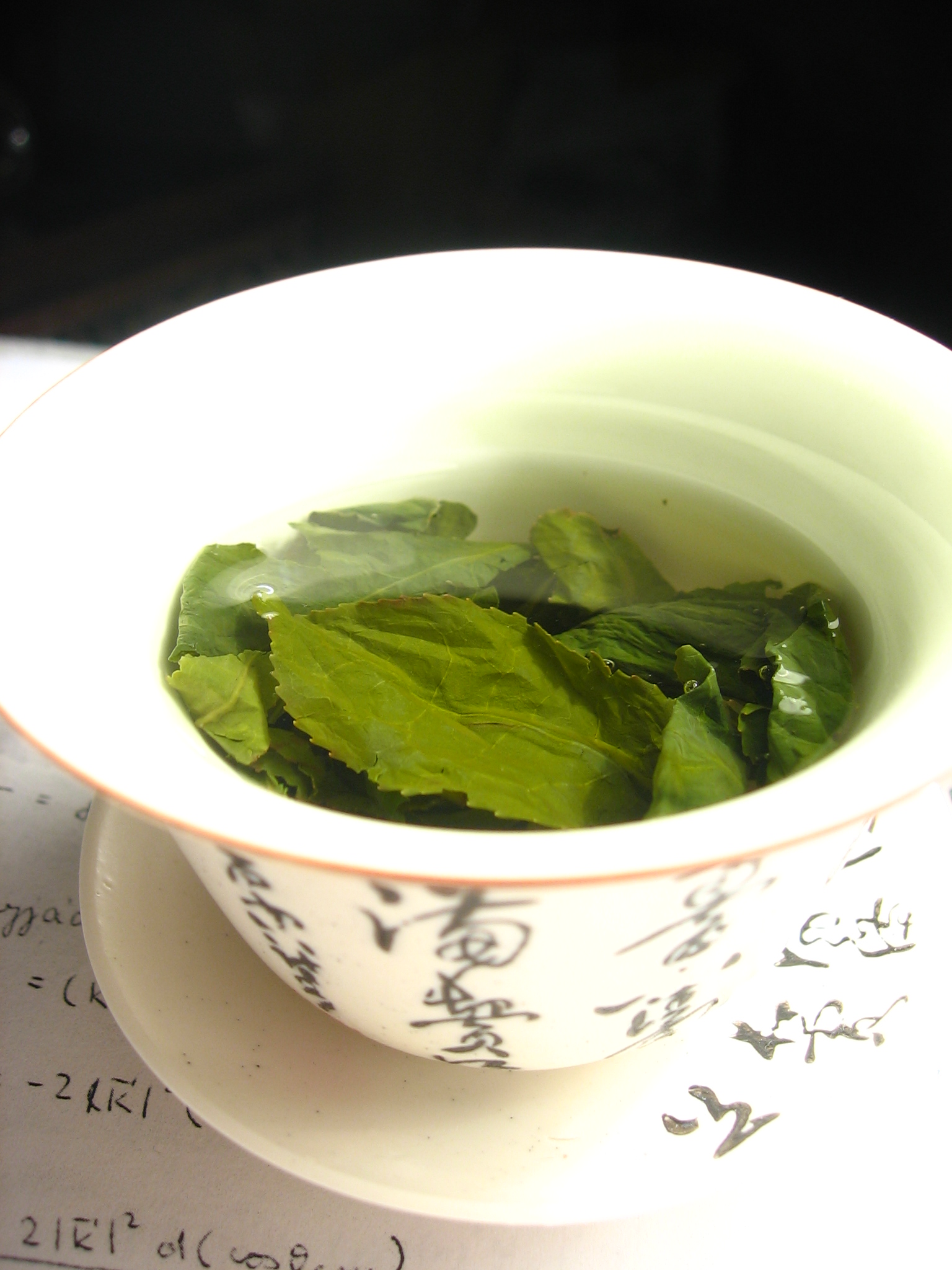|
Charles Alexander Bruce
Charles Alexander Bruce (11 January 1793 – 23 April 1871) was a British naval and gunboat officer, explorer and author. He is known as the father of the tea industry in Assam. Life Bruce was born at Jorhat in Assam. In 1809 he was a midshipman on the Indiaman ''Windham'', sailing from England to India. The vessel was captured by French forces, twice, in the Indian Ocean, and he was taken to Mauritius. There he was imprisoned on a ship, until the British invasion of 1810. He served as an officer on a British troop ship in the invasion of Java (1811). In India, he worked initially as a naval officer of the East India Company. Bruce's brother Robert brought to notice the indigenous Assamese tea plant in 1823 and told Charles of its existence. In 1824, Bruce served in the First Anglo-Burmese War, during which he was posted to Sadiya and made commander of a division of gunboats. When the war ended, he continued work patrolling the rivers in Assam in gunboats, under Captain A ... [...More Info...] [...Related Items...] OR: [Wikipedia] [Google] [Baidu] |
Assam
Assam (; ) is a state in northeastern India, south of the eastern Himalayas along the Brahmaputra and Barak River valleys. Assam covers an area of . The state is bordered by Bhutan and Arunachal Pradesh to the north; Nagaland and Manipur to the east; Meghalaya, Tripura, Mizoram and Bangladesh to the south; and West Bengal to the west via the Siliguri Corridor, a wide strip of land that connects the state to the rest of India. Assamese language, Assamese and Boro language (India), Boro are the official languages of Assam, while Bengali language, Bengali is an additional official language in the Barak Valley. Assam is known for Assam tea and Assam silk. The state was the first site for Oil well, oil drilling in Asia. Assam is home to the one-horned Indian rhinoceros, along with the wild water buffalo, pygmy hog, tiger and various species of Asiatic birds, and provides one of the last wild habitats for the Asian elephant. The Economy of Assam, Assamese economy is aided by w ... [...More Info...] [...Related Items...] OR: [Wikipedia] [Google] [Baidu] |
British East India Company
The East India Company (EIC) was an English, and later British, joint-stock company founded in 1600 and dissolved in 1874. It was formed to trade in the Indian Ocean region, initially with the East Indies (the Indian subcontinent and Southeast Asia), and later with East Asia. The company seized control of large parts of the Indian subcontinent, colonised parts of Southeast Asia and Hong Kong. At its peak, the company was the largest corporation in the world. The EIC had its own armed forces in the form of the company's three Presidency armies, totalling about 260,000 soldiers, twice the size of the British army at the time. The operations of the company had a profound effect on the global balance of trade, almost single-handedly reversing the trend of eastward drain of Western bullion, seen since Roman times. Originally chartered as the "Governor and Company of Merchants of London Trading into the East-Indies", the company rose to account for half of the world's trade duri ... [...More Info...] [...Related Items...] OR: [Wikipedia] [Google] [Baidu] |
British East India Company Army Soldiers
British may refer to: Peoples, culture, and language * British people, nationals or natives of the United Kingdom, British Overseas Territories, and Crown Dependencies. ** Britishness, the British identity and common culture * British English, the English language as spoken and written in the United Kingdom or, more broadly, throughout the British Isles * Celtic Britons, an ancient ethno-linguistic group * Brittonic languages, a branch of the Insular Celtic language family (formerly called British) ** Common Brittonic, an ancient language Other uses *'' Brit(ish)'', a 2018 memoir by Afua Hirsch *People or things associated with: ** Great Britain, an island ** United Kingdom, a sovereign state ** Kingdom of Great Britain (1707–1800) ** United Kingdom of Great Britain and Ireland (1801–1922) See also * Terminology of the British Isles * Alternative names for the British * English (other) * Britannic (other) * British Isles * Brit (other) * Br ... [...More Info...] [...Related Items...] OR: [Wikipedia] [Google] [Baidu] |
Tea Industry In Assam
Tea is an aromatic beverage prepared by pouring hot or boiling water over cured or fresh leaves of ''Camellia sinensis'', an evergreen shrub native to East Asia which probably originated in the borderlands of southwestern China and northern Myanmar. Tea is also rarely made from the leaves of ''Camellia taliensis''. After plain water, tea is the most widely consumed drink in the world. There are many different types of tea; some have a cooling, slightly bitter, and astringent flavour, while others have vastly different profiles that include sweet, nutty, floral, or grassy notes. Tea has a stimulating effect in humans primarily due to its caffeine content. An early credible record of tea drinking dates to the third century AD, in a medical text written by Chinese physician Hua Tuo. It was popularised as a recreational drink during the Chinese Tang dynasty, and tea drinking subsequently spread to other East Asian countries. Portuguese priests and merchants introduced it to ... [...More Info...] [...Related Items...] OR: [Wikipedia] [Google] [Baidu] |
Tezpur
Tezpur () is a city and urban agglomeration in Sonitpur district, Assam state, India. Tezpur is located on the banks of the river Brahmaputra, northeast of Guwahati, and is the largest of the north bank cities with a population exceeding 100,000 as per Metropolitan Census 2011. Tourism Tezpur has several places to visit: * Agnigarh: This hillock on bank of river Brahmaputra is the site of legendary romance of princess Usha (the only daughter of King Banasura) and Aniruddha , the grandson of Lord Krishna . According to legend, Usha was kept on this hillock which was surrounded by fire, hence the name of Agnigarh. * Mahabhairav Temple: The ancient temple of Mahabhairab stands to the north of Tezpur town. According to legend, the temple is believed to have been established by king Bana with a Siva lingam. Formerly, this temple was built of stone but the present one is built of concrete. During the later years, the Ahom kings donated devottar land for the Temple and Pujaris a ... [...More Info...] [...Related Items...] OR: [Wikipedia] [Google] [Baidu] |
Royal Society Of Arts
The Royal Society for the Encouragement of Arts, Manufactures and Commerce (RSA), also known as the Royal Society of Arts, is a London-based organisation committed to finding practical solutions to social challenges. The RSA acronym is used more frequently than the full legal name (The Royal Society for the Encouragement of Arts, Manufactures and Commerce). The RSA's mission expressed in the founding charter was to "embolden enterprise, enlarge science, refine art, improve our manufacturers and extend our commerce", but also of the need to alleviate poverty and secure full employment. On its website, the RSA characterises itself as "an enlightenment organisation committed to finding innovative practical solutions to today's social challenges". Notable past fellows (before 1914, members) include Charles Dickens, Benjamin Franklin, Stephen Hawking, Karl Marx, Adam Smith, Marie Curie, Nelson Mandela, David Attenborough, Judi Dench, William Hogarth, John Diefenbaker, and ... [...More Info...] [...Related Items...] OR: [Wikipedia] [Google] [Baidu] |
Mincing Lane
Mincing Lane is a short one-way street in the City of London linking Fenchurch Street to Great Tower Street. In the late 19th century it was the world's leading centre for tea and spice trading. Etymology Its name is a corruption of Mynchen Lane — so-called from the tenements held there by the Benedictine 'mynchens' or nuns of the nearby St Helen's Bishopsgate church (from ''Minicen'', Anglo-Saxon for a nun; ''minchery'', a nunnery). ''A Dictionary of London'' by Henry A. Harben (1918) describes it as follows: Mincing Lane :North out of Great Tower Street to Fenchurch Street at No. 42 (P.O. Directory). In Tower and Langbourn Wards. :Earliest mention: "Menechinelane," 1273-4 (Ct. H.W. I. 17). :Other forms of name: "Mengenelane," 1290-1 (ib. 95). "Mangonelane," 1291 (ib. 96). "Monechenelane," 1291 (ib. 101). "Menchenelane," 1294-5 (ib. 119). "Manionelane," 1295 (ib. 121) and 1311 (Cal. L. Bk. D. p. 77). "Menchonelane," 1304 (Ct. H.W. I. 162). "Manchonlane," 1306-7 (ib. 184). ... [...More Info...] [...Related Items...] OR: [Wikipedia] [Google] [Baidu] |
Lord Auckland
Baron Auckland is a title in both the Peerage of Ireland and the Peerage of Great Britain. The first creation came in 1789 when the prominent politician and financial expert William Eden was made Baron Auckland in the Peerage of Ireland. In 1793, he was created Baron Auckland, of West Auckland in the County of Durham, in the Peerage of Great Britain. Eden notably served as Chief Secretary for Ireland, Ambassador to Spain, and President of the Board of Trade. His second son, the second Baron, was also a politician and served as Governor-General of India. In 1839 he was created Baron Eden, of Norwood in the County of Surrey, and Earl of Auckland, in the Peerage of the United Kingdom. However, he never married, and the barony of Eden and the earldom became extinct on his death while he was succeeded in the baronies of Auckland by his younger brother, the third Baron. He was Bishop of both Sodor and Man and Bath and Wells. The titles descended from father to son until the ... [...More Info...] [...Related Items...] OR: [Wikipedia] [Google] [Baidu] |
Cross-pollinate
Pollination is the transfer of pollen from an anther of a plant to the stigma of a plant, later enabling fertilisation and the production of seeds, most often by an animal or by wind. Pollinating agents can be animals such as insects, birds, and bats; water; wind; and even plants themselves, when self-pollination occurs within a closed flower. Pollination often occurs within a species. When pollination occurs between species, it can produce hybrid offspring in nature and in plant breeding work. In angiosperms, after the pollen grain (gametophyte) has landed on the stigma, it germinates and develops a pollen tube which grows down the style until it reaches an ovary. Its two gametes travel down the tube to where the gametophyte(s) containing the female gametes are held within the carpel. After entering an ovum cell through the micropyle, one male nucleus fuses with the polar bodies to produce the endosperm tissues, while the other fuses with the ovule to produce the em ... [...More Info...] [...Related Items...] OR: [Wikipedia] [Google] [Baidu] |
Chinese Tea
Tea is a beverage made from the leaves of tea plants (''Camellia sinensis'') and boiled water. Tea leaves are processed using traditional Chinese methods. Chinese tea is consumed throughout the day, including during meals, as a substitute for plain water, well-being or for simple pleasure. If medicine and tea are combined, people can also drink tea to cure diseases. History The practice of drinking tea has a long history in China, having originated there. Although tea originated in China, during the Tang Dynasty, Chinese tea generally represents tea leaves which have been processed using methods inherited from ancient China. According to legend, tea was discovered by Chinese Emperor Shen Nong in 2737 BC when a leaf from a nearby shrub fell into water the emperor was boiling. Tea is deeply woven into the history and culture of China. The beverage is considered one of the seven necessities of Chinese life, along with firewood, rice, oil, salt, soy sauce and vinegar. Chi ... [...More Info...] [...Related Items...] OR: [Wikipedia] [Google] [Baidu] |
Sadiya
Sadiya is a town in Tinsukia district, Assam. It was the capital of the Chutia Kingdom and after the downfall of the kingdom it became the seat of the ''Sadiya-khowa-Gohain'' of the Ahom kingdom. Extensive remains of buildings and fortifications built during the rule of the Chutias near Sadiya still point to the importance of the region in the past. Historically Sadiya referred to the Chutiya kingdom which included at times the districts of Lakhimpur, Dhemaji and Tinsukia. It is claimed to be the center of development of the eastern Assamese dialects, the inscription here are written in a Tai script. Its stands on a grassy plain, almost surrounded by forested Himalayan mountains, on the right bank of Lohit River which is locally (but erroneously) considered the main stream of the Brahmaputra River. The deepest point of the Brahmaputra River is located near this village. It is famous for a flower named ''satphul'' (the word means "blessing" or a "desert flower"), which is ... [...More Info...] [...Related Items...] OR: [Wikipedia] [Google] [Baidu] |
Jorhat
Jorhat ( ) is one of the important cities and a growing urban centre in the state of Assam in India. Etymology Jorhat ("jor" means twin and "hat" means market) means two hats or mandis - "Masorhaat" and "Sowkihat" which existed on the opposite banks of the Bhugdoi river. History Jorhat was the last capital of the Ahom Kingdom, as a planned town under royal patronage. It is often spelt as "Jorehaut" during the British reign. In 1794, the Ahom King Gaurinath Singha shifted the capital from Sivasagar, erstwhile Rangpur to Jorhat. Many tanks were built around the capital city by the Ahom royalty such as Rajmao Pukhuri or Borpukhuri, Buragohain Pukhuri, Bolia Gohain Pukhuri, Kotoki Pukhuri and Mitha Pukhuri. This town was a flourishing and commercial metropolis but was destroyed by a series of Burmese invasion of Assam between 1817 and the arrival of the British force in 1824 under the stewardship of David Scott and Captain Richard. From the very first decade of the British rul ... [...More Info...] [...Related Items...] OR: [Wikipedia] [Google] [Baidu] |








